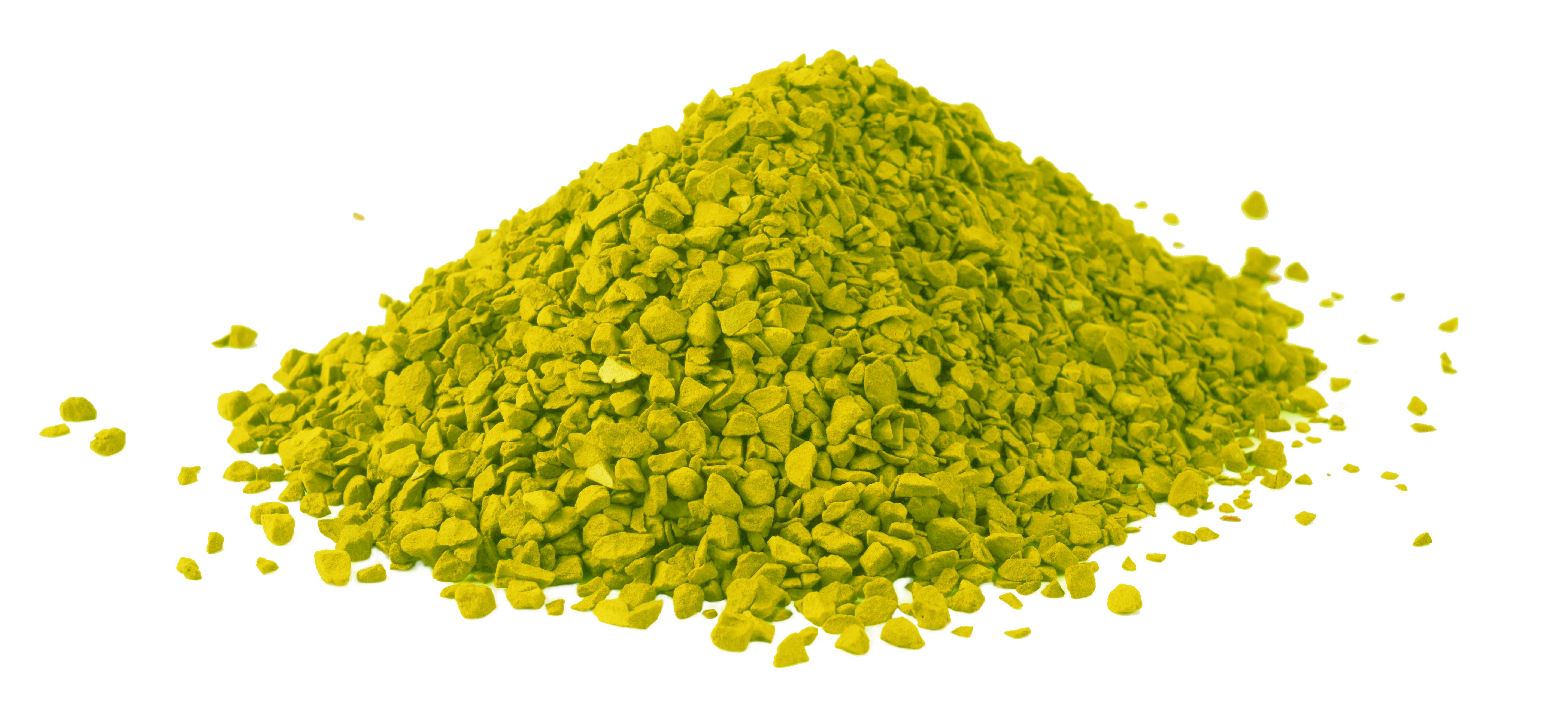Grinding
In the realm of particle technologies, size reduction of solids plays a crucial role in transforming raw materials into refined products with improved properties.
This process involves reducing the size of solid materials to enhance their functionality, facilitate handling, and enable further processing. Among the various techniques used for size reduction, grinding stands as a cornerstone, offering unparalleled precision and versatility.
Understanding Size Reduction
Size reduction is the process of reducing the dimensions of solid materials, resulting in smaller particles or pieces. It encompasses a wide range of operations, including grinding, crushing, milling, cutting, shredding, and more. By breaking down solids into smaller sizes, size reduction facilitates better material handling, increases surface area for efficient reactions, improves uniformity, and enables the extraction of valuable components.
The Role of Grinding in Size Reduction
Grinding, one of the primary methods of size reduction, involves the application of mechanical forces to break down materials into smaller particles. This process utilizes grinding media, such as balls, rods, or abrasive grains, to physically impact, compress, or shear the solid material, resulting in size reduction. The Kreber grinder offers options to break up using mechanical force or knives to reduce the size of the products into a set size and shape.

Smaller particles are easier to handle and move around. Grinding makes materials more manageable for transportation and mixing.
Grinding increases the surface area of materials, allowing for faster and more efficient reactions, like chemical reactions or dissolution.
Grinding helps achieve a more uniform particle size distribution, ensuring consistency in the final product.
Grinding can help extract valuable components from solid materials, like minerals from ore or precious metals.
Grinding works with a wide range of materials and allows precise control over the final size, shape, and distribution of particles.
Grinding is a cost-effective method compared to other techniques. It requires less energy and equipment, making it economically viable. By using grinding to reduce the size of materials, we can create refined products with improved properties in various industries such as mining&minerals, food, pharma, chemical & recycling processes.

